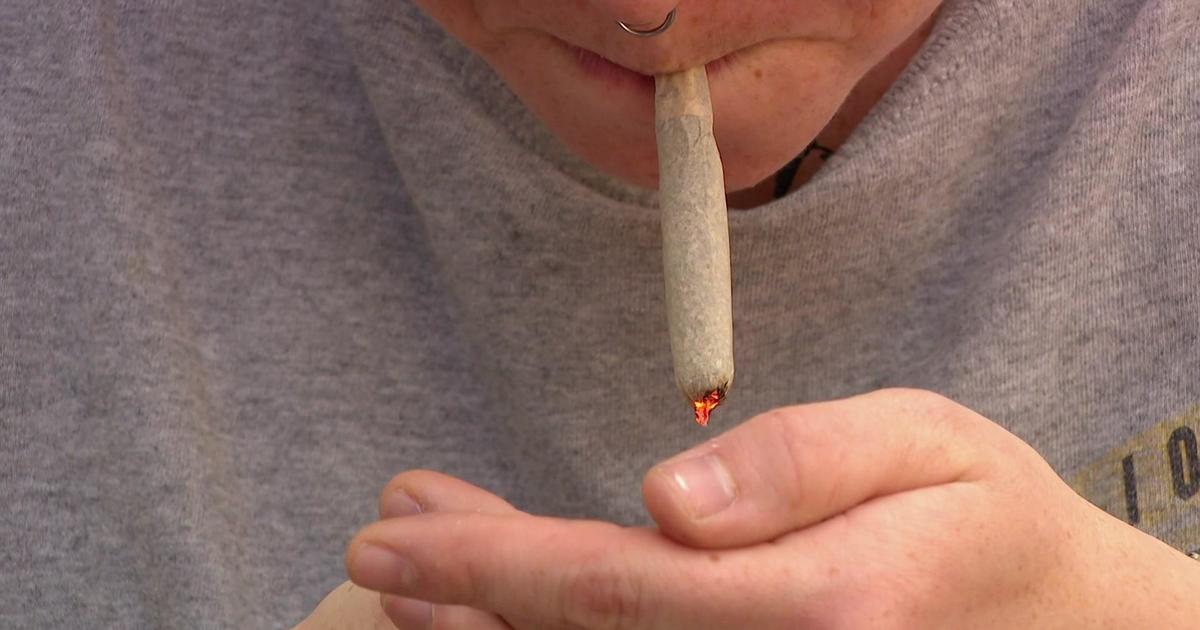Headed to the beach? Be ready to deal with record seaweed
MIAMI - Every morning, before a storm of visitors rains down on Miami Beach, a hefty tractor rakes the shoreline, scooping up a brown stinky seaweed known as sargassum.
Normally, the process runs like clockwork for the Miami-Dade County Parks and Recreation Department. But in recent months, it's become a more laborious effort as record amounts taint the county's coastline.
With months left in the typical seaweed season, the county's collected tonnage has already surpassed the last two years.
"This is probably the most we've seen since 2018," said Tom Morgan, chief of operations for the county's parks department. "We get patrons on the beach that stop us and flag us down and ask us what's happening."
Sargassum is not inherently hazardous. On the ocean's surface, in fact, the drifting algae is a vital part of a larger ecosystem, providing essential habitat for invertebrates, fish, crabs and shrimp.
But, in excess volume, it can be a problem for human and marine life alike. Massive mats of the scratchy stuff can make swimming and strolling unpleasant for beach goers.
And when too much sargassum is strung along the shore, it can create a barrier for freshly hatched sea turtles that scuttle from sand to sea. When too much floats atop the water for too long, it can block light from trickling below the ocean's surface and suck up oxygen necessary for mangroves and marine life.
Then there is the smell. Fermenting in South Florida's summer sun, the hydrogen sulfide produced by decomposing seaweed creates a stench likened to rotten eggs, an aroma that tends to turn off tourists.
It can even be a health problem. The National Institute for Occupational Safety and Health reports it can cause "irritation to the eyes and respiratory system." In especially high concentrations, the gas can cause apnea, coma, convulsions, dizziness, headache, weakness, irritability, insomnia and an upset stomach. Studies also show a correlation between the seaweed's growth and a bacteria that frequently closes beaches to swimmers.
The sargassum collection crew in the county's parks and recreation department cleans all the beaches from Miami Beach to the Broward County line "three times a day, seven days a week." Their beach "raker" logs documenting seaweed volume only date back to 2018, when the county first experienced a then-unprecedented outbreak of sargassum and began keeping tabs on the tonnage.
"Prior to 2018, we didn't see large amounts of sargassum washing up on our shoreline," Morgan said. "We're learning to live it. And I think we're managing it better than we have."
The "raker" log data shows that the total amount of sargassum collected in the county from October 2019 to September 2020 totaled about 15,000 tons. That number grew to more than 21,000 tons the following year.
This year, with August and September still unaccounted for, the logs show almost 25,000 tons of sargassum have been collected from beaches across the county.
Miami-Dade County is not the sole recipient of a sargassum outbreak. Broward and Palm Beach counties are also experiencing a record year for sargassum. So is the Caribbean.
Although there is not yet a definitive explanation for the surge in seaweed, scientists hypothesize that contributing factors include temperature rises associated with climate change and nutrient pollution in the Atlantic Ocean caused by deforestation and fertilizer runoff. Those scientists include Helena Solo-Gabriele, a professor of environmental and materials engineering at the University of Miami, and her doctoral student Afeefa Abdool-Ghany.
Solo-Gabriele and Abdool-Ghany were co-authors of the first scientific study to analyze the relationship between sargassum and enterococci, a bacteria that is an indicator of human or animal waste in water. Miami-Dade County beaches were the focus of their study.
"Bacteria levels of beaches in Miami-Dade County have been increasing steadily over the past decade," Solo-Gabriele said. "What we found was an increase in bacteria at the beach was related to increases in the sargassum. One feeds the other."
The massive daily mounds scraped from beaches have also created another problem. What to do with it.
In areas that see the most sargassum accumulation, like around beach jetties, Morgan said the county has a contracted vendor who composts it.
"And then once it's composted," he said, "it can be used in certain applications as commercial fertilizer."
Abdool-Ghany is also studying how well the seaweed fares as fertilizer. She's already tested out various blends, including a solely sargassum blend and one that incorporates yard waste like grass clippings. Both have been successful; she's already grown radish plants with the composted material.
"We were worried the salt from the sargassum would not allow the plants to grow. Little did we know it was not an issue whatsoever," Solo-Gabriele said. "So you can take sargassum and put it in a composter, leave it there and after three months, it's a sandy organic material. You can take that material and it will grow some plants."
The Florida Department of Environmental Protection is still in the process of creating safety guidelines for composting sargassum since the seaweed naturally contains arsenic, which is highly toxic to humans. But researchers like Abdool-Ghany are already at the forefront of finding the best ways to use the organic material - especially since sargassum is expected to remain in surplus.
"I think what this tells us is that we need to pay particular attention to climate change and start really thinking about the potential impact of temperature rise and sea level rise," Solo-Gabriele said. "I think we're just starting to see the beginning of it."




